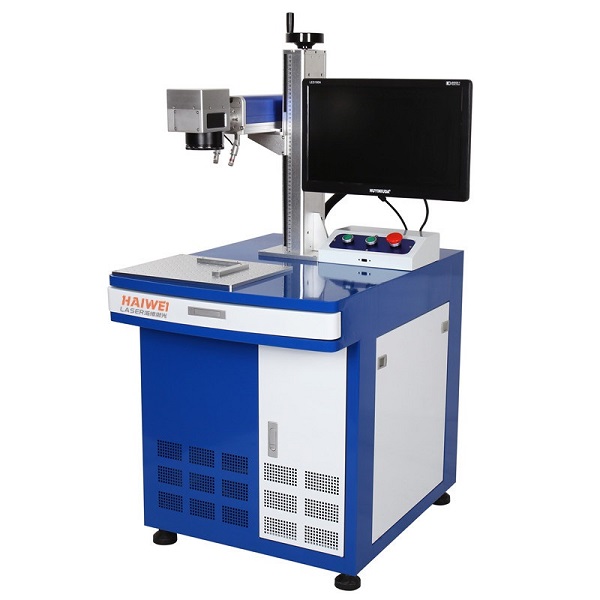Laser Marking Machines in Electronics Manufacturing
In electronics manufacturing, traceability, miniaturization, and material sensitivity make the laser marking machine a preferred choice over inkjet or mechanical engraving. It delivers permanent, high-resolution marks without contact—critical for delicate components like PCBs, chips, and connectors.

Key Applications
Component Identification: Tiny 2D Data Matrix codes (as small as 0.5 x 0.5 mm) are laser-marked on ICs, resistors, and capacitors for automated tracking through assembly and testing.
PCB Serialization: Boards receive unique serial numbers, batch codes, or QR codes directly on solder mask or bare copper, readable by AOI systems.
Housing Marking: Consumer devices (phones, wearables) use fiber or UV lasers to mark logos, regulatory symbols, or model numbers on anodized aluminum, polycarbonate, or glass—without surface damage.
Why Laser Over Alternatives?
Unlike inks, laser marks don’t smudge, fade, or outgas—important for cleanroom or high-reliability environments. And because it’s a non-contact process, there’s no risk of cracking brittle substrates like ceramic packages or thin flex circuits.
UV and green lasers are often used for sensitive polymers (e.g., LCP in 5G antennas), where infrared wavelengths might cause melting or discoloration.
What Buyers Should Consider
When selecting a laser marking machine, evaluate:
Wavelength compatibility with your materials (fiber for metals, UV for plastics);
Minimum spot size and marking speed for your code density;
Integration capability with factory software (SECS/GEM, OPC UA);
Fume extraction requirements, especially when marking halogen-containing plastics.
The right laser marking machine doesn’t just add a label—it enables full product traceability, supports compliance (e.g., UDI for medical electronics), and maintains cosmetic quality. Always test with your actual parts before purchasing.
Recent Posts
- What are the advantages of laser welding machines in lithium battery pack production lines?
- What issues should be noted when choosing a lithium battery pack production line?
- Quality Inspection and Control of Lithium Battery Module Pack Production Line
- Cell grouping and sorting process in lithium battery module pack production line
- What are the safety hazards of lithium battery pack production lines and how can they be prevented?
INQUIRY

